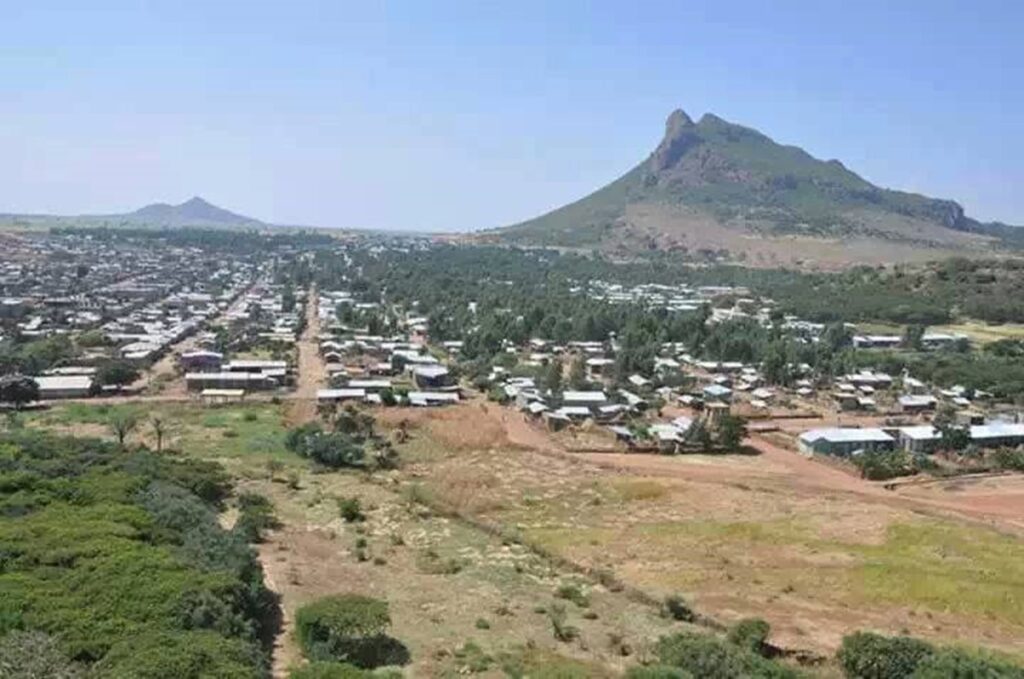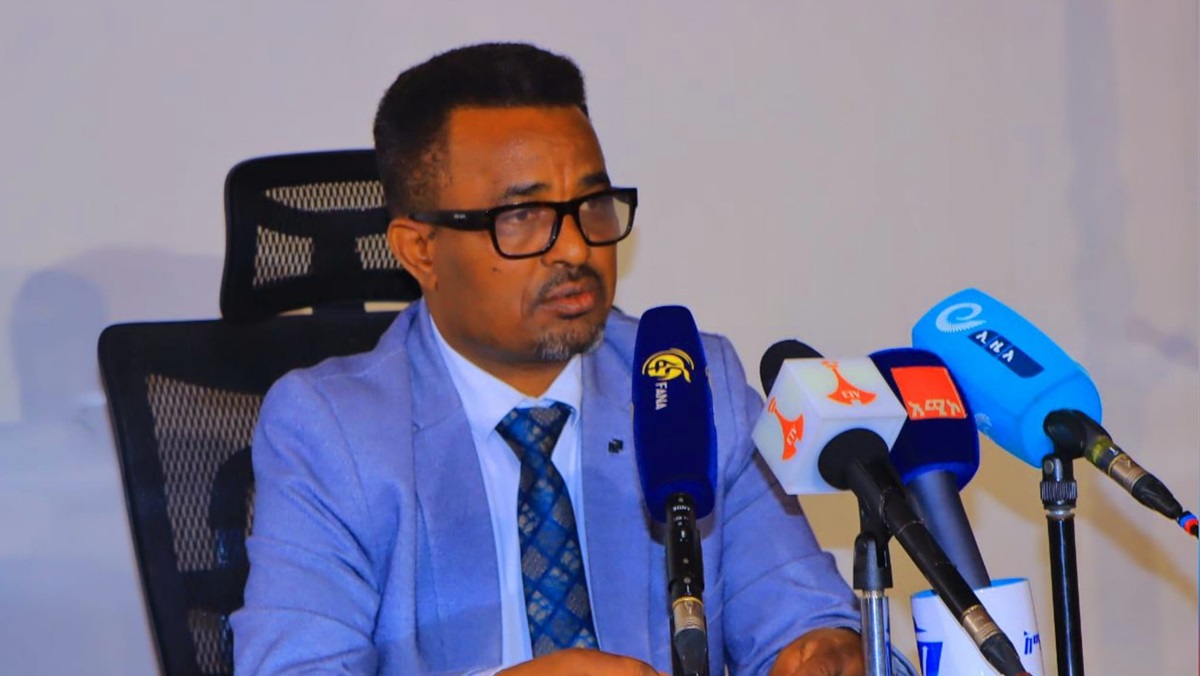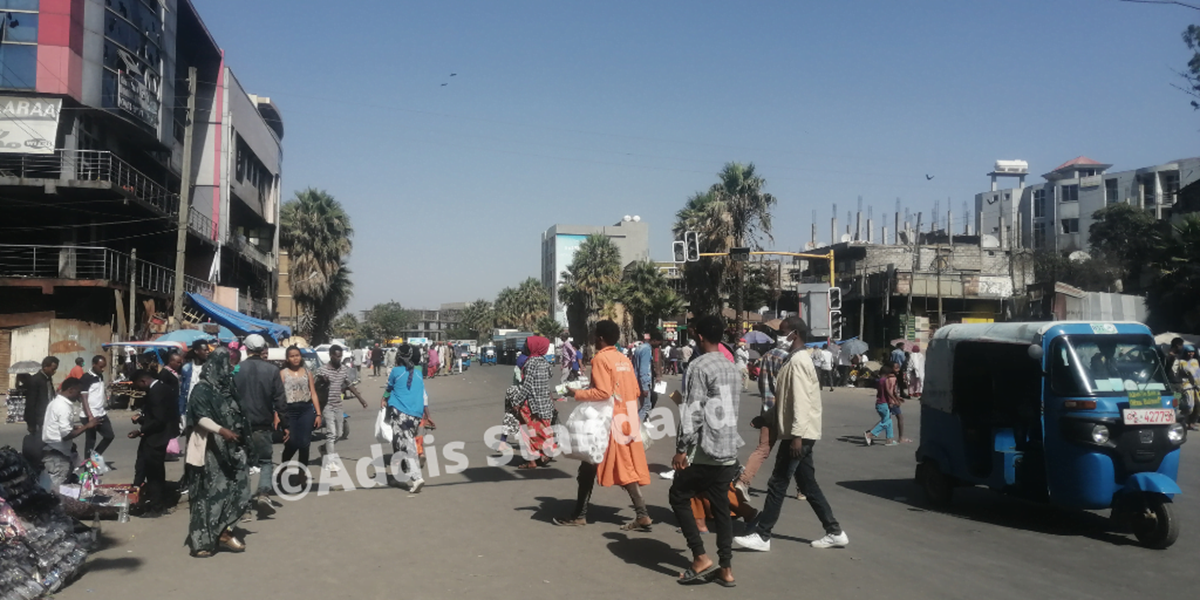News: Thousands fleeing Western Tigray seek refuge in Endabaguna town as hunger, persecution rise

Addis Ababa – In the past month alone, approximately 7,000 internally displaced people (IDPs) from Western and North Western Tigray, areas presently under the control of Amhara Forces, have sought refuge in Endabaguna town, near Shire.
A coordinator, who chose to remain anonymous, overseeing operations at the two IDP sites in Endabaguna, informed Addis Standard that new displacements and arrivals have been documented since 10 December, 2023, until recent days.
According to the coordinator, more than 7,000 individuals have been newly displaced to Endabaguna from Northwestern Tigray, including Laeilay Tselemti and Maytsebri, as well as Western Tigray in Korarit, Welkayit, and other areas.
The reasons behind their displacement were attributed to renewed persecution and increasing pressures on ethnic Tigrayans. The coordinator says the affected population encompasses women, girls, and children.
Moges Tsegay, mayor of the Endabaguna town confirmed to Addis Standard the recent arrival of IDPs who are enduring various social and economic displacements.
The Endabaguna IDP camp is currently comprised of two sites: one of these centers serves approximately 50,000 individuals, while the other accommodates over 22,000 people. Despite the Pretoria peace agreement, a significant number of IDPs continue to flee to these sites.
Alemayehu Yitbarek, whose name has been changed for privacy, recently fled from Wolekayit in western Tigray. He attributed his displacement to security concerns and human rights violations perpetrated by armed groups, with Amhara forces now controlling the area.
Alemayehu, a father, left his family behind and sought refuge in the Endabaguna IDP center. Reflecting on his ordeal, he stated, “I left my house and family fearing that armed groups could kill me because they are involved in killing and abusing, especially men.”
Alemayehu’s arduous journey spanned five days of travel on foot, during which he had to conceal himself to evade armed groups. He arrived at his destination last Sunday.
“I embarked on this journey seeking better security and improved access to sustenance,” Alemayehu expressed with profound emotion. “However, the harsh reality is the acute shortage of food, and witnessing the distress of hungry children and elderly individuals at the IDPs center has deeply saddened me.”
“A grave humanitarian crisis is currently unfolding, as assessments indicate that over 80 individuals across both IDP sites have succumbed to hunger in the span of four months,” stated the coordinator.
The deceased includes three mothers who passed away during childbirth in the IDP camp, attributed to insufficient medical assistance and limited access to humanitarian aid.
The dire circumstances are further compounded by the absence of humanitarian aid, resulting in fatalities due to hunger. Moreover, the number of newly displaced individuals is on the rise, with reports suggesting that the Tigray interim administration, federal government, and international community have not adequately addressed the crisis.
On the previous Sunday, IDPs from Endabaguna convened to conduct a peaceful protest, reiterating their demand for the prompt withdrawal of occupying forces and the secure repatriation to their homes.
This marks the third demonstration by IDPs in Tigray last week, as they persist in voicing their grievances and seeking urgent resolution to their plight.
Throughout the week, IDPs situated in key urban centers of Tigray, including Mekelle, Shire, Adigrat, and Aksum, advocated for decisive actions to expedite their return to their hometowns, currently under the control of Eritrean forces and Amhara militias.
In April 2023, Addis Standard reported the arrival of a minimum of 47,000 newly displaced individuals, identified as IDPs, who fled 10 districts in Western Tigray.
In June last year, Human Rights Watch (HRW) said ethnic cleansing, human rights abuses and forcibly expelling Tigrayans from Western Tigray persists despite the Pretoria peace agreement and urged the federal government to suspend, investigate, and appropriately prosecute commanders and officials implicated in serious rights abuses.
The rights group emphasized that local authorities and Amhara forces in Western Tigray Zone have continued to forcibly expel Tigrayans as part of an ethnic cleansing campaign.
“The November truce in northern Ethiopia has not brought about an end to the ethnic cleansing of Tigrayans in Western Tigray Zone,” the report quoted Laetitia Bader, deputy African director at HRW.
The US State Department’s 2023 report on the crimes committed in relation to the two years devastating war in Tigray, Amhara and Afar regions determined that members of the Amhara forces have “committed the crime against humanity of deportation or forcible transfer and committed ethnic cleansing through their treatment of Tigrayans in western Tigray.”AS








